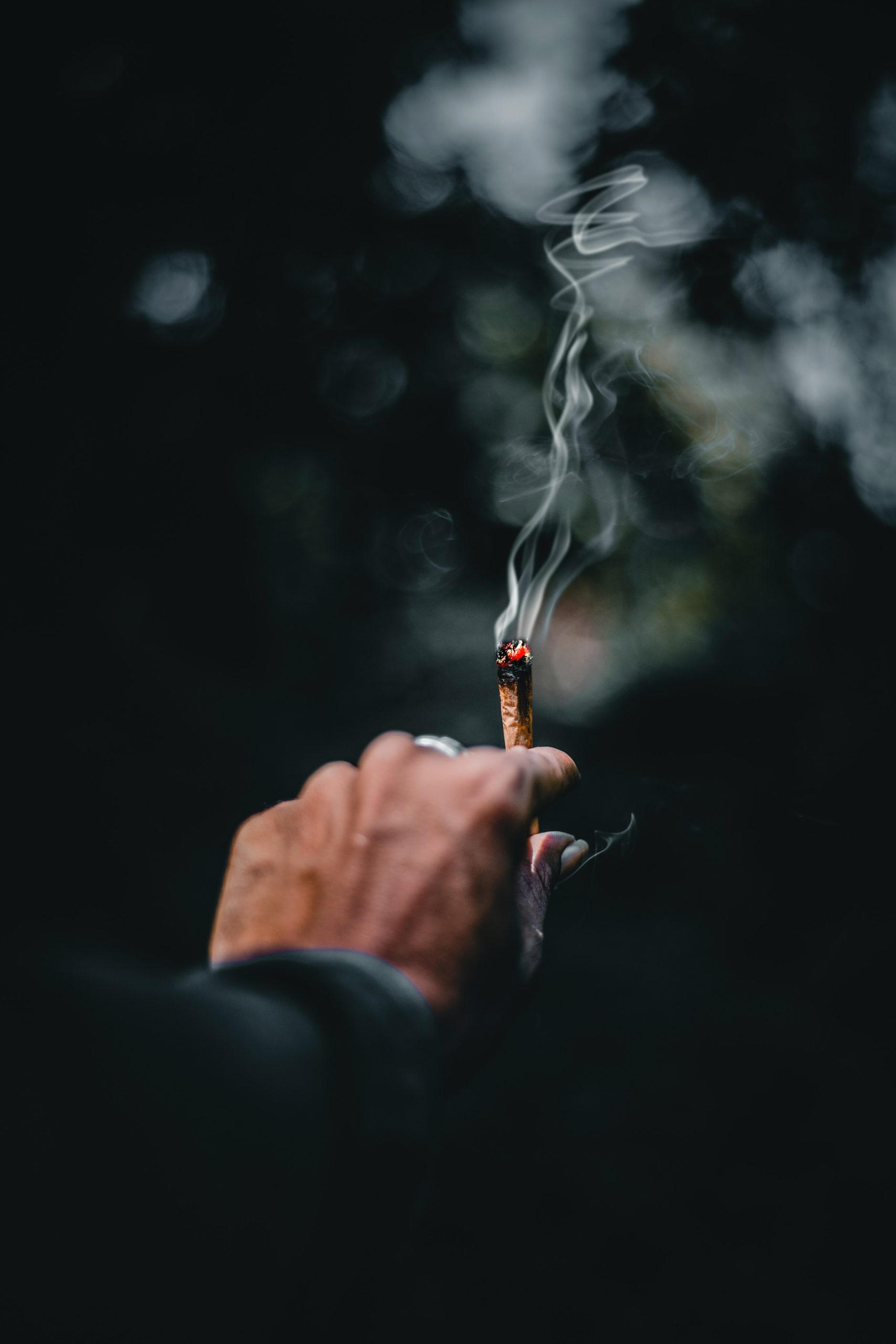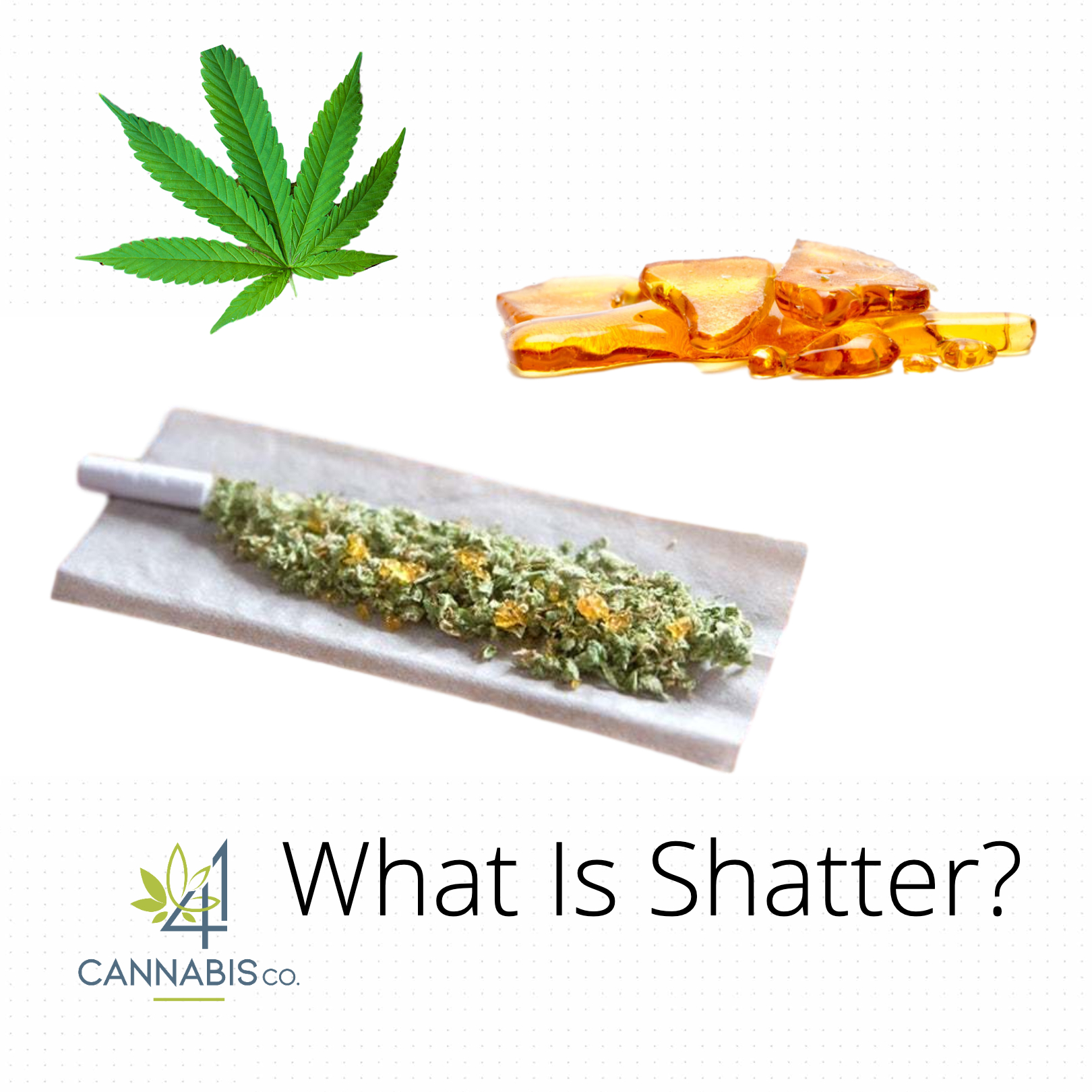

Stealing money or having money that cannot be accounted for.Coming home with red eyes and/or urges to eat outside of usual mealtimes.Carrying pipes, lighters, vape pens, or rolling papers.Having trouble remembering things that just happened.Spending time with peers that use marijuana.Losing interest in and motivation to do usual activities.Using new words and phrases like "sparking up," "420," "dabbing," and "shatter".

Acting very silly and out of character for no reason.The following are common signs of marijuana use: Sometimes parents may suspect that their child is already using marijuana. While it is developing, there is greater risk of harm from marijuana use. Explain that research tells us that the brain continues to mature into the 20s.Given how much stronger marijuana is today, its effect on your child would likely be much different than what you experienced. Be careful not to minimize the dangers of marijuana or other drugs, and be open about any negative experiences you may have had. If you choose to talk to your child about your own experiences with drugs, be honest about why you used and the pressures that contributed to your use.This will help you make sure that your child understands what you talked about. Ask your child to give examples of the effects of marijuana.Offer your child facts about the risks and consequences of smoking marijuana.Listen carefully, pay attention, and try not to interrupt. Ask what they have heard about using marijuana.Tips on discussing marijuana with your child: Youth are less likely to try marijuana if they can ask parents for help and know exactly how their parents feel about drug use. Begin talking with your child in an honest and open way when they are in late elementary and early middle school. Talking to your children about marijuana at an early age can help them make better choices and may prevent them from developing a problem with marijuana use later. Parents can help their children learn about the harmful effects of marijuana use. Additionally, the products being sold in dispensaries currently are not subject to Food and Drug Administration standards and are not purely isolated cannabinoids they are therefore not reliable in their potency/concentration of CBD or THC, or the inclusion of other ingredients. There are also synthetic (man-made) marijuana-like drugs such as "K2" and "Spice." These drugs are different from marijuana and are more dangerous. Other names used to describe marijuana include weed, pot, spliffs, or the name of the strain of the plant.
#Red eye shatter marijuana skin

This can make it harder for parents to watch for use in their child. There are many ways people can use marijuana. The ingredient of the marijuana plant thought to have most medical benefits, cannabidiol (CBD), has not increased and remains at about 1%. Today's marijuana plants are grown differently than in the past and can contain two to three times more tetrahydrocannabinol (THC), the ingredient that makes people high. Recreational marijuana use by children and teenagers is not legal in anywhere in the United States. Many states allow recreational use of marijuana in adults ages 21 and over. Teenage marijuana use is at its highest level in 30 years, and today's teens are more likely to use marijuana than tobacco.

Many teenagers try marijuana and some use it regularly.


 0 kommentar(er)
0 kommentar(er)
